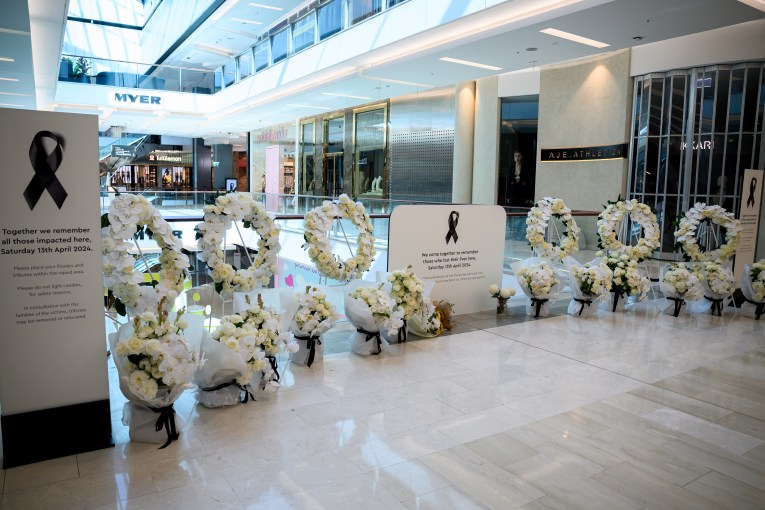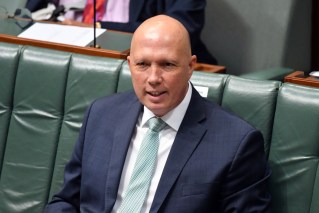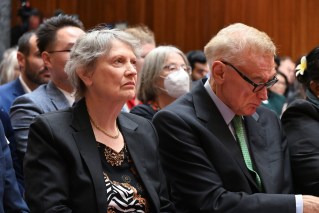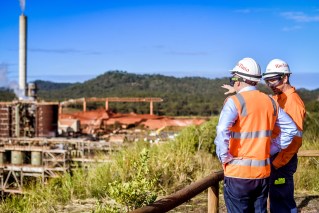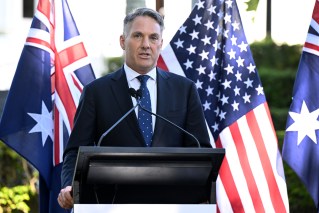It’s not just RATs that are hard to find. Policy, planning and competence are missing too

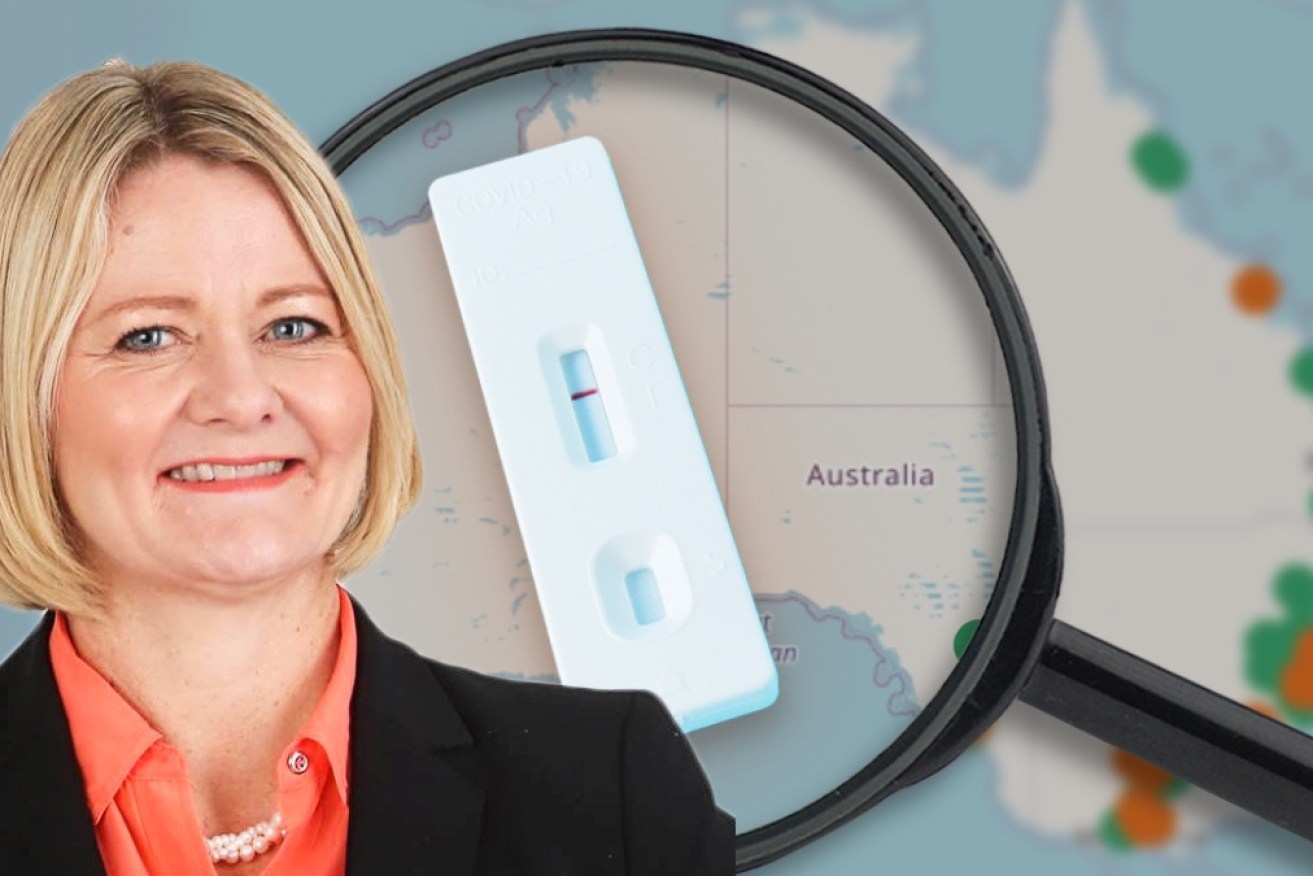
The widespread shortage of rapid antigen tests should have been anticipated and resolved. Photo TND
There is a list on the Therapeutic Goods Administration website of the COVID-19 rapid antigen self-tests that are currently approved for use in Australia.
It numbers 22. What is most illuminating is how many Australian and local companies are not on that list.
This is despite the nation currently being in the grip of a wave of the highly transmissible Omicron variant – 50 deaths reported in Victoria, New South Wales and Queensland on Friday, along with more than 120,000 new cases of the virus.
Supermarket shelves are being stripped bare. Supply chains are broken. And Facebook community groups are flooded with pleas from people desperate to track down a RAT even if it means paying well over the asking price.
The question must be asked – how did we end up here, in the worst phase of the pandemic in this country yet, as borders are thrown open and governments agree to “let it rip” – with barely a rapid test to be had?
And why wasn’t the federal government on top of this a long time ago?
Back to that TGA list. There are 22 approved for self-testing use, something which governments are now encouraging, despite some time ago being opposed to this.
The vast majority, 16, are made in China. Several are made in the US, others in Singapore, Germany and Korea. A lone RAT is made here in Australia.
Opportunity squandered
Yet Australian companies have the knowledge and the capacity to make them. Indeed, some are making millions of them and sending them overseas, to the US for example.
Associate Professor Kim Sawyer, at Melbourne University’s School of Historical and Philosophical Studies, says the federal government failed here in not properly mapping the virus from the start of the pandemic.
And now, with the shortage of available RATs, it is not being mapped properly either.
‘My take is that we didn’t really understand the virus, the transmission rate, from the start,” Sawyer says.
“We have the advantage that we are heavily vaccinated in Australia. That is our big plus. Our big minus is that we never mapped the virus from the start.”
It’s a bit like political polling, Sawyer says. If you want to know how people are going to vote, you go out and ask them. Similarly, he says, we should have been doing rapid tests much earlier, to get a better handle on it all.
He believes rapid testing should have been in place from the beginning of the pandemic to ensure the government was following the trends.
Sawyer says the federal government, from the start of the pandemic, has been six months behind the eight ball – late to ramp up vaccination rates and now to allow mass rapid testing.
It is true, though, that despite the early vaccination hiccups, the country has done well. We are well covered in that respect.
The same, unfortunately, cannot be said for many places around the globe, and that is a tragedy.
According to the World Health Organisation, 90 countries around the world have failed to reach the target of vaccinating 40 per cent of their populations by the end of 2021. Of these, 36 had not even vaccinated 10 per cent of people.
And this staggering figure – more than 85 per cent of the population of Africa, about one billion people – has not even received a first dose of the vaccine.
These are figures we should all care about because as we are now well aware that this virus and this pandemic is everywhere and what happens on the other side of the world affects us all.
‘Toxic combination’
The WHO Director-General, Dr Tedros Adhanom Ghebreyesus, was not mincing words when he took a swipe at governments worldwide for the hurdles – guilty of politicisation, nationalism, short-term self interest and disinformation.
He said it was a “toxic combination” which had hampered the global response to the pandemic and fuelled transmission of the virus. Last week, more than 15 million new cases of COVID-19 were reported to the WHO – the most cases in a single week since the pandemic started.
Ghebreyesus warned that more transmission means there is more risk of another variant emerging that is even more transmissible – and more deadly – than previous variants.
The time is now for our government to sort out the supply of RAT tests. And while they are at it, ensure supermarkets have food and supplies on their shelves.
Kim Sawyer says we are in a “bit of a pickle” right now.
He’s right about that. Time for our elected officials to quit making it up as they go along.
